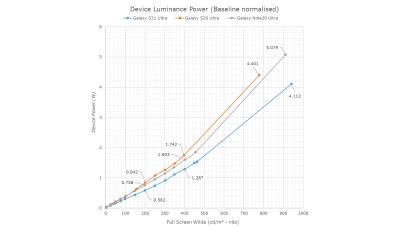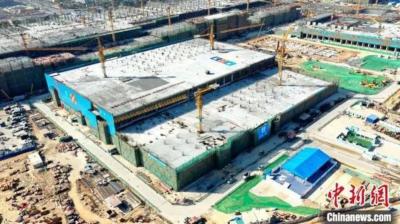Samsung latest OLED display receives a Sunlight Visibility verification from Underwriters Laboratories
Samsung Display announced that its Galaxy S21 Ultra is the first device to adopt its updated M11 OLED material stack that uses new materials to increase the efficiency by 16%. Samsung now announced that its updated OLEDs has received the Sunlight Visibility verification from Underwriters Laboratories (UL).

UL’s test showed that the OLED panel scored 73% in DCI-P3 ambient color gamut and has peak brightness of 1,500 nits (compared to 1,300 nits achieved by Samsung's previous M10 OLED stack). Samsung Display says that its own internal testing show that color gamut in bright environment dropped from 99% to 73% , compared to a drop from 78% to 30% in competing LCD displays.








